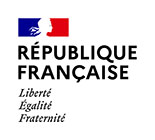© Christophe Hosdez, Inrap
Vous êtes ici
Une officine de potiers antique à Vermand
Cette découverte permettra d’approfondir les connaissances sur l’histoire de Vermand ainsi que sur les modes de production de céramique des Viromandui.

Four (n°1056) en début de fouille
© Christophe Hosdez, Inrap
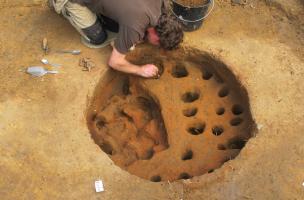
Four (n°1056) en cours de fouille
© Elisabeth Justome, Inrap
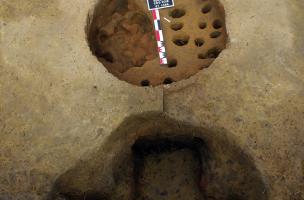
Four (n°1056) en fin de fouille
© Christophe Hosdez, Inrap

Four à sole perforée (n°1023)
© Christophe Hosdez, Inrap
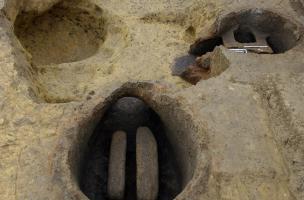
Ensemble de trois fours (1006, 1004 et 1079)
© Christophe Hosdez, Inrap
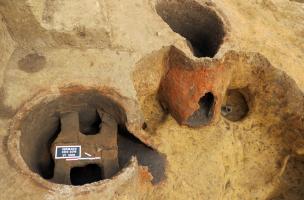
Les fours 1006 et 1004 et leur aire de travail
© Christophe Hosdez, Inrap

Détail de la sole en « H » du four 1006
© Christophe Hosdez, Inrap
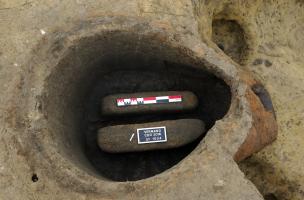
Détail du four 1004 dit à « grain de café »
© Christophe Hosdez, Inrap

Détail du four 10079 à quatre bandes d’argile sans sole
© Christophe Hosdez, Inrap

Un des bâtiments servant d’atelier de fabrication et de tournage des céramiques
© Christophe Hosdez, Inrap

Petite fosse où était placé le plateau tournant pour le façonnage des céramiques
© Christophe Hosdez, Inrap
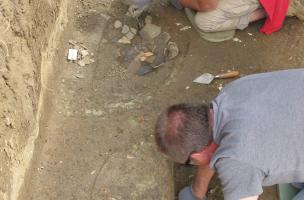
Fouille des petites fosses où étaient tournées les céramiques
© Elisabeth Justome, Inrap

Revers et face d’un dieu Mercure en terre blanche.
© Christophe Hosdez, Inrap

